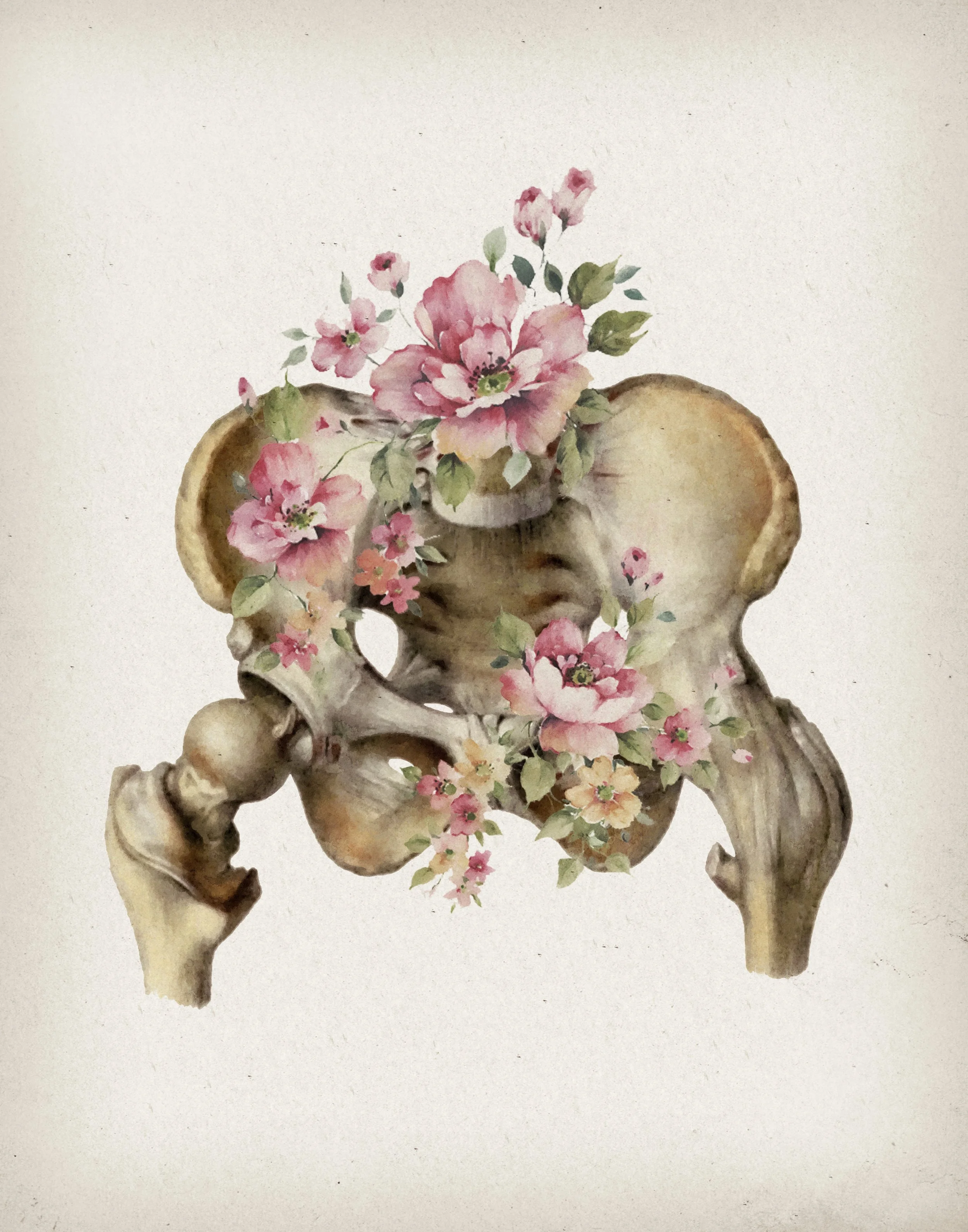
PHYSICAL THERAPY BEFORE AND AFTER GENDER-AFFIRMING SURGERY
Gender Affirming Surgery (GAS) refers to a variety of surgical procedures that help individuals align their physical bodies with their gender identity. These surgeries are part of gender-affirming care, which supports the overall well-being of transgender and non-binary individuals. It involves a few stages and surgeries and can take up to three years of rehabilitation. Pelvic Floor Physical Therapy can be very beneficial before and following all top and bottom surgeries. It can help patients maximize their recovery and reach full function. Many surgeons performing GAS recommend pelvic therapy as part of standard pre- and post-surgical care.
Support Before and After Bottom Surgery
Gender-affirming bottom surgeries often involve multiple incisions and can impact critical pelvic structures, including the pelvic floor muscles, urethra, nerves, and fascial tissues. As a result, individuals may experience a range of symptoms such as:
Difficulty initiating urination
Incomplete bladder emptying
Urgency and frequency
Urinary spraying
Scar restrictions and adhesions
Pain with urination or intercourse
General pelvic discomfort or pain
Our specialized physical therapy interventions are designed to help restore mobility, reduce scar tissue restrictions, and alleviate pain. We use gentle, hands-on techniques such as myofascial release and soft tissue mobilization, as well as targeted exercises to optimize function and comfort.
Why Pelvic Health Physical Therapy So Important?
Research supports the role of Pelvic Floor Physical Therapy in improving outcomes for individuals undergoing gender-affirming surgeries such as vaginoplasty (Jiang et al., 2019). At PelviCare Physical Therapy, we are proud to offer evidence-based, inclusive care tailored to the needs of the LGBTQIA+ community.
Vaginoplasty and Dilator Education
For transgender women recovering from vaginoplasty, we provide personalized education on the proper use of vaginal dilators—an essential part of healing and maintaining surgical outcomes. Our team ensures you feel confident, safe, and supported throughout this process.
Phalloplasty and Donor Site Recovery
Phalloplasty presents unique challenges, particularly due to the use of a donor site from the forearm or thigh. These areas are at risk for scar tissue development, pain, mobility restrictions, and even postural imbalances if not properly addressed. Our physical therapy approach includes specific interventions to support healing and restore full range of motion at the donor site
Why Choose PelviCare Physical Therapy?
At PelviCare Physical Therapy, we are proud to offer specialized pelvic health services tailored to the needs of the transgender community. Our team has completed extensive training in pelvic health physical therapy with a focus on gender-affirming care. We stay up to date with the latest manual therapy techniques and exercise protocols designed to support your recovery before and after gender-affirming surgery.
Our approach includes hands-on soft tissue and myofascial release techniques to help improve scar mobility, reduce discomfort, and restore optimal range of motion. We also emphasize pelvic floor rehabilitation and overall functional movement to support your health and well-being throughout your journey.
As a trauma-informed clinic, we recognize the emotional and physical complexities of this process. From your first visit, our priority is to ensure you feel supported, heard, and seen. We are here to walk alongside with empathy, respect, and expert care.

